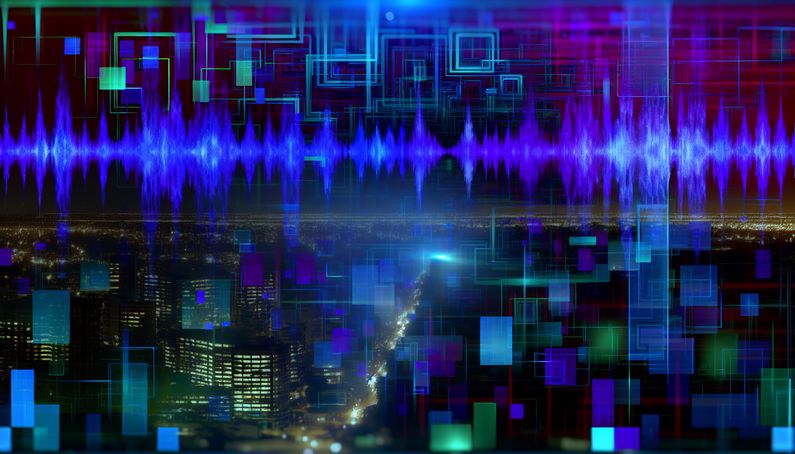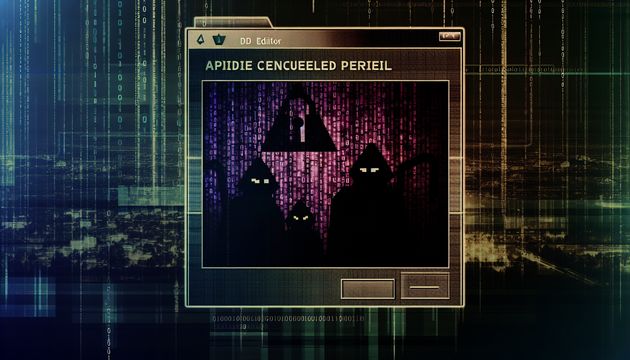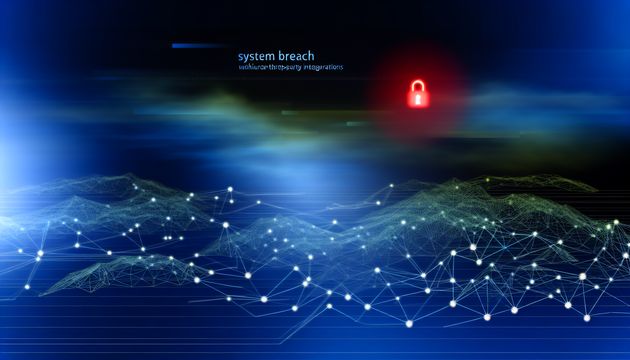
The Rising Threat of Voice Deepfake Attacks: Understanding and Mitigating the Risks
Voice deepfake attacks have emerged as a sophisticated threat, leveraging artificial intelligence to create synthetic audio that mimics real voices. This technology, which can replicate the unique characteristics of an individual’s speech, poses significant risks, especially when used for malicious purposes. The accessibility of voice deepfake tools has increased, allowing even those with minimal technical expertise to create convincing audio for fraudulent activities. For instance, in a recent case, a deepfake was used to impersonate a CEO, resulting in a $35 million scam (Bleeping Computer). Such attacks often involve techniques like voice phishing, where attackers impersonate trusted individuals to manipulate victims into divulging sensitive information. The strategic selection of high-profile targets, such as government officials and corporate executives, underscores the potential for severe financial and reputational damage (TechTarget).
The Mechanics of Voice Deepfake Attacks
Understanding Voice Deepfake Technology
Voice deepfake technology involves the use of artificial intelligence (AI) to create synthetic audio that mimics a person’s voice. This technology leverages machine learning algorithms to analyze and replicate the unique characteristics of an individual’s speech, including tone, pitch, and accent. The process begins with collecting audio samples of the target’s voice, which are then used to train a neural network model. This model can generate new audio clips that sound remarkably similar to the original voice, often indistinguishable to human listeners (MIT News).
The accessibility of voice deepfake tools has increased significantly, with many software options available online that require minimal technical expertise. This democratization of technology poses a significant threat, as it allows malicious actors to easily create convincing audio for fraudulent purposes.
Techniques Employed in Voice Deepfake Attacks
Voice deepfake attacks typically involve several key techniques to deceive targets. One common method is voice phishing, or “vishing,” where attackers use deepfake audio to impersonate trusted individuals, such as company executives or government officials. This technique is often employed in social engineering attacks to manipulate victims into divulging sensitive information or authorizing financial transactions.
Another technique involves the use of deepfake audio in combination with other forms of synthetic media, such as video deepfakes. This multi-modal approach enhances the credibility of the attack by providing visual and auditory cues that appear authentic. For instance, a deepfake video of a company CEO giving instructions during a virtual meeting can be coupled with voice deepfake audio to increase the likelihood of compliance from employees.
Target Selection and Impact
The selection of targets in voice deepfake attacks is often strategic, focusing on individuals with access to valuable information or resources. High-profile targets include senior government officials, corporate executives, and financial institution employees. The impact of these attacks can be severe, leading to financial losses, data breaches, and reputational damage.
For example, a successful voice deepfake attack on a company’s financial department could result in unauthorized transfers of large sums of money. In one reported case, a deepfake of a chief financial officer was used to convince an employee to transfer $25 million to cybercriminals. Such incidents highlight the potential for significant financial harm and underscore the need for robust security measures.
Detection and Mitigation Strategies
Detecting voice deepfakes remains a challenging task due to the sophistication of the technology. However, several strategies can be employed to mitigate the risk of such attacks. One approach is the development of advanced detection algorithms that analyze audio for signs of manipulation. These algorithms can identify anomalies in the speech patterns or inconsistencies in the audio quality that may indicate a deepfake (PMC).
Another important strategy is increasing awareness and training among potential targets. Educating employees and officials about the risks of voice deepfakes and how to recognize suspicious communications can help prevent successful attacks. Additionally, implementing multi-factor authentication and verification processes for sensitive transactions can provide an additional layer of security (Canada.ca).
The Role of Policy and Regulation
Addressing the threat of voice deepfakes also requires a coordinated policy and regulatory response. Governments and organizations must establish clear guidelines and legal frameworks to deter the use of deepfake technology for malicious purposes. This includes enforcing penalties for the creation and distribution of harmful deepfakes and promoting the development of detection technologies (The Debrief).
Moreover, international cooperation is essential to combat the global nature of deepfake threats. Sharing information and best practices across borders can enhance the collective ability to respond to and mitigate the impact of voice deepfake attacks. As the technology continues to evolve, ongoing research and collaboration will be crucial in staying ahead of potential threats (Law Street Media).
Final Thoughts
The rise of voice deepfake attacks highlights the urgent need for robust detection and mitigation strategies. While the technology behind these attacks is advancing rapidly, so too must our defenses. Developing advanced detection algorithms and increasing awareness among potential targets are crucial steps in preventing successful attacks (PMC). Additionally, a coordinated policy and regulatory response is essential to deter the misuse of deepfake technology. International cooperation and ongoing research will play pivotal roles in staying ahead of these evolving threats (The Debrief).
References
- MIT News. (2024). What you need to know about audio deepfakes. https://news.mit.edu/2024/what-you-need-to-know-audio-deepfakes-0315
- Bleeping Computer. (2025). FBI: US officials targeted in voice deepfake attacks since April. https://www.bleepingcomputer.com/news/security/fbi-us-officials-targeted-in-voice-deepfake-attacks-since-april/
- Federal Reserve Board. (2025). Speech by Vice Chair Barr on deepfake threats. https://www.federalreserve.gov/newsevents/speech/barr20250417a.htm
- TechTarget. (2024). The dangers of voice deepfakes in the November election. https://www.techtarget.com/searchEnterpriseAI/feature/The-dangers-of-voice-deepfakes-in-the-November-election
- PMC. (2025). Advances in deepfake detection algorithms. https://pmc.ncbi.nlm.nih.gov/articles/PMC11991371/
- Canada.ca. (2025). Implications of deepfake technologies on national security. https://www.canada.ca/en/security-intelligence-service/corporate/publications/the-evolution-of-disinformation-a-deepfake-future/implications-of-deepfake-technologies-on-national-security.html
- The Debrief. (2025). FBI warns of imminent deepfake attacks. https://thedebrief.org/fbi-warns-imminent-deepfake-attacks-almost-certain/
- Law Street Media. (2025). Questioning U.S. readiness for deepfake attacks. https://lawstreetmedia.com/insights/questioning-u-s-readiness-for-deepfake-attacks/



